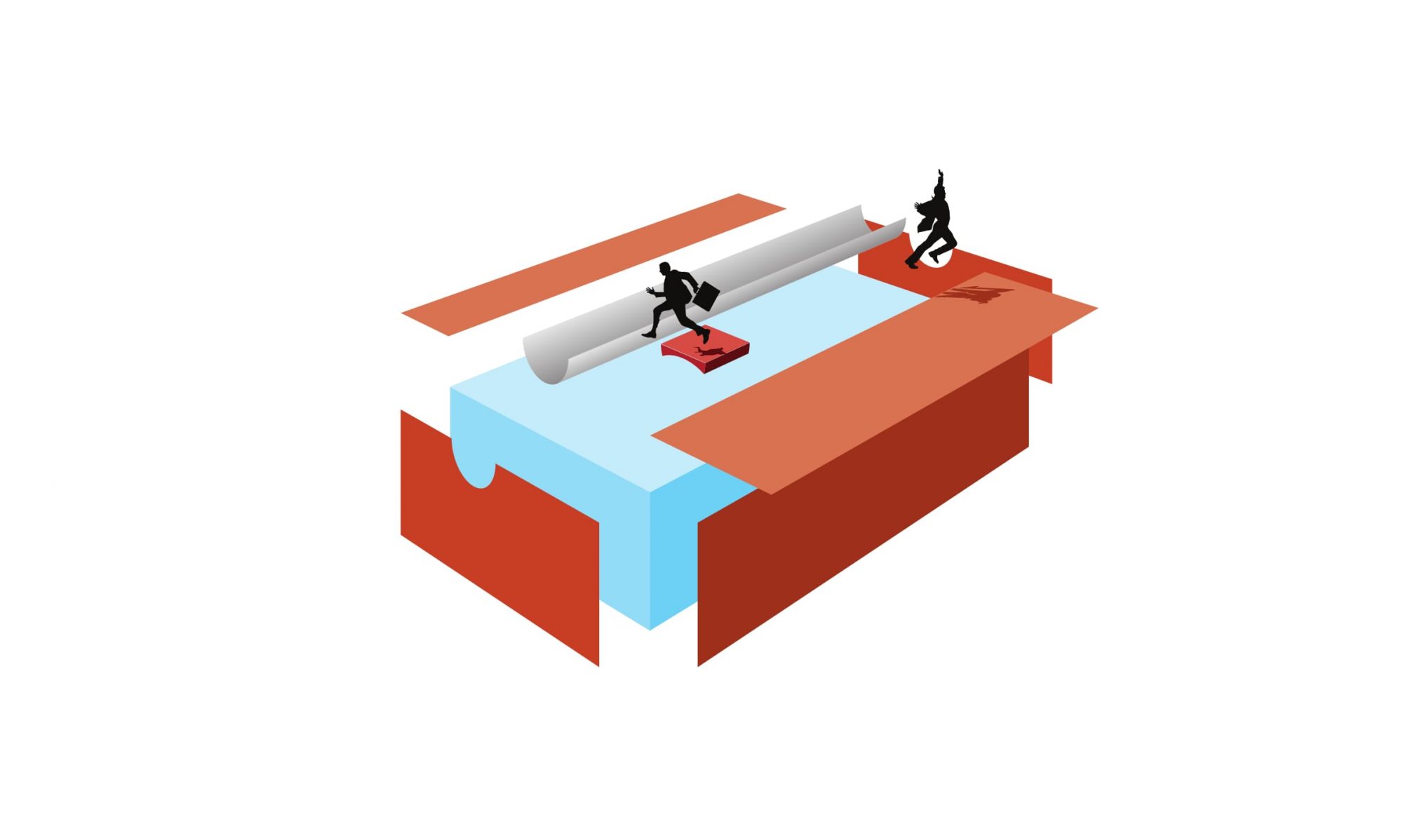Reach out, join in and show up! – Thomas Joiner (advice to men on making and maintaining friendships)
In his latest book Lonely at the Top: the High Cost of Men’s Success, US Psychologist Thomas Joiner charts men’s path to wealth and status… and loneliness.
Joiner’s is a convincing argument with plenty of evidence. It reminds me of my own experience with social media. More on that later.
The problem with men
Joiner’s thesis is that men, in general, seek wealth and influence at the expense of cultivating friendships. The result is: as we get older, we get lonelier.
Friendships are like gardens. Plants may just survive if you don’t maintain your garden… but will it flourish?
Traditionally, men rely on institutions such as school and work – familiar and structured – to maintain friends. But these ‘structured interactions’ can fall away when circumstances change. We retire, lose jobs, lose partners, move houses, etc. It stands to reason we can’t rely on the same faces being there just by dint of turning up every day.
And, as Joiner documents, being lonely and not having friends is not just sad – it can be harmful to your health. Joiner gives numerous examples of the detrimental effects of loneliness – from a weaker memory to impaired heart function and increased rates of suicide.
Table tennis. Or why we act like friendship doesn’t matter
Last year I wanted to do something with male friends that was active and didn’t involve drinking (which I’d given up). I chose weekly table tennis. Okay so table tennis isn’t everyone’s cup of tea but the activity was accessible, lasted an hour, very social, within walking distance for most and very cheap. There was initial enthusiasm and I tried to bring in new men to make it interesting, texting them with news of times and locations.
After only a few weeks the sessions dwindled to a core of 4 or 5. I made some friends but it wasn’t the success for which I’d hoped. Excuses not to attend included: it’s too nice a day to play indoors (come every second week), I’ve got my own table (back to the drinking), one of the players isn’t a very good standard (who cares?), etc.
The trouble is men don’t put themselves out to maintain friends. If something doesn’t suit us 110% we don’t do it.
But friendship is very much about putting yourself out. It’s a messy form of negotiation and compromise.
Social media is one avenue for connecting with friends
Social media, however, can be counter-intuitive for some men. We’ve been enculturated to seek out status not maintain friends. Take my own experience of Facebook.
I didn’t get Facebook.
I’d seen the trivialities other people had posted and commented… surely my witty, erudite posts and comments would be more popular? Wrong.
No one was interested in what I had to say. This rude realisation genuinely puzzled me. Frustrated, I decided Facebook and I weren’t compatible.
That changed when I started my own business. I needed to understand social media so I attended seminars, read articles and observed.
What I learnt about social media…
Participation isn’t just a way to bolster your status (although that can be a by-product).
Because I want to participate then all I need to do is “reach out, join in and show up” – exactly what Thomas Joiner advises in the quote at the beginning of this article. That is, maintain (Facebook) friendships.
Within obvious limits, just as when a friend says something you don’t agree with 110% you don’t always make a big deal about it, when you ‘like’ someone’s post it doesn’t mean you completely endorse what they have to say. You’re just showing you’ve read it and that validates the poster.
Like it or not, it’s a contemporary way of keeping up with people in between seeing them in person. As long as you’ve checked in a few times with your friends on Facebook, the next time you see them you can ask them about such and such that they posted.
It’s not lazy or trite – it’s just a contemporary way of maintaining friendships. So, what’s not to ‘like’?
PS. Thanks to Selena for making this post better.




